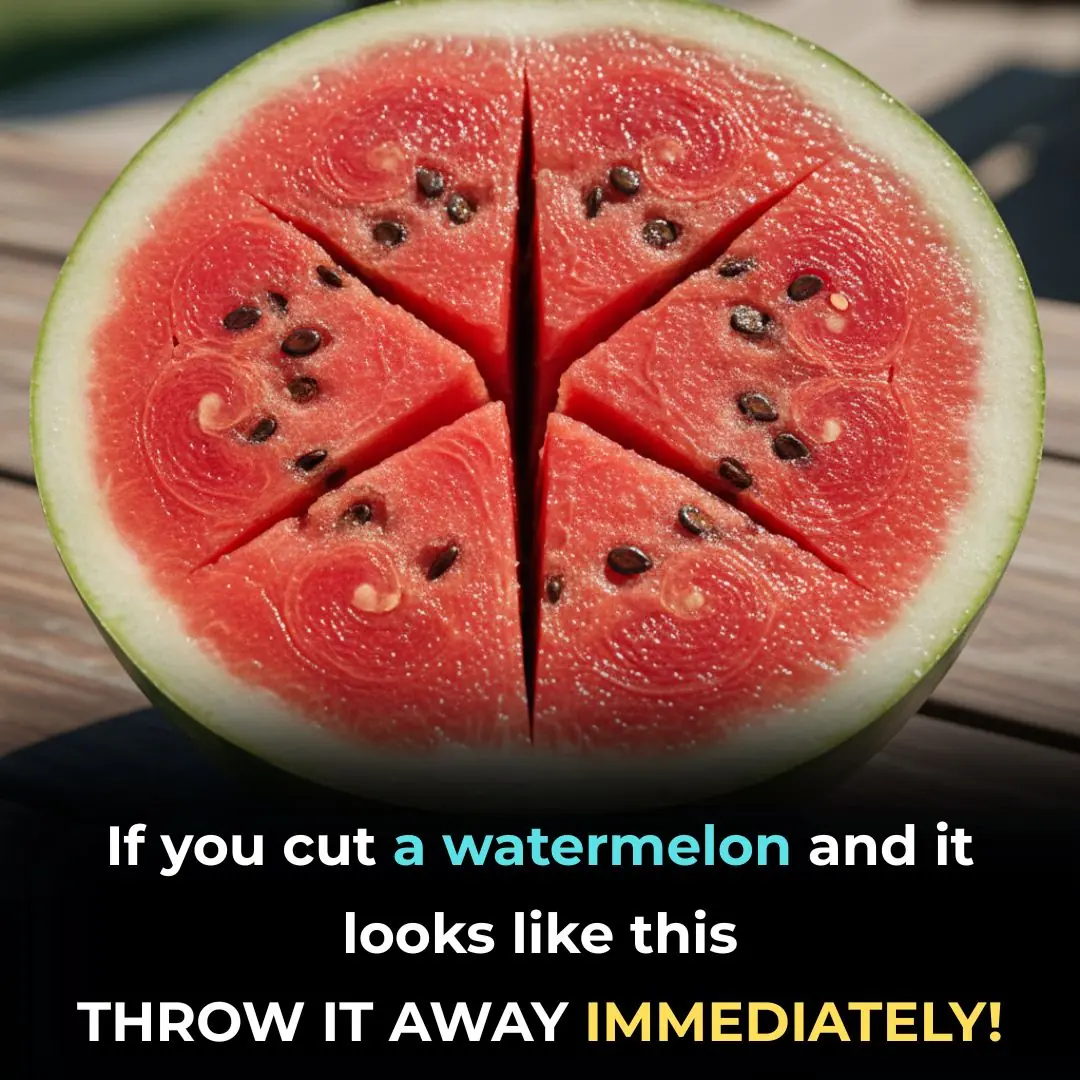
Why Is It Not Recommended To Hang Out The Clothes Outside
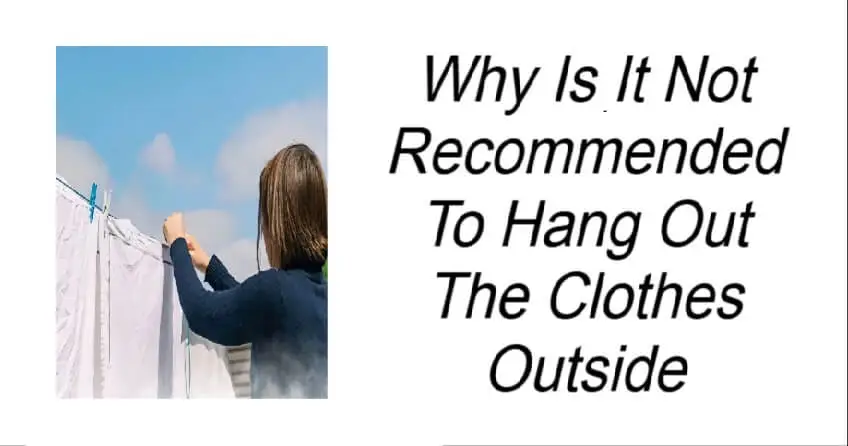
With the return of sunny skies and warmer days, there’s something nostalgic and comforting about the scent of freshly washed clothes fluttering in a gentle breeze. Air-drying laundry outdoors feels like a timeless tradition—eco-friendly, energy-saving, and refreshing.
But for the millions who suffer from seasonal allergies, that picturesque image hides an invisible problem. The question is simple: should you really be drying your clothes outside during pollen season? The answer might surprise you.
Spring Isn’t Sweet for Everyone
Starting as early as March, spring brings blooming trees, sprouting grasses, and warmer weather—but it also signals the beginning of a months-long allergy battle for many. Hay fever (also known as allergic rhinitis) affects nearly 1 in 3 people in some countries, such as France, the UK, and parts of the U.S.
From April to September, airborne pollen from trees, grass, and weeds becomes a daily challenge for allergy sufferers. The symptoms range from mildly annoying to completely debilitating:
-
Sneezing fits
-
Itchy, watery eyes
-
Runny or congested noses
-
Scratchy throats
-
Persistent fatigue or brain fog
And for many, these symptoms can impact sleep, productivity, and overall quality of life.
The Hidden Laundry Trap: Pollen on Your Clothes
Here's the catch: when you hang your laundry outside to dry during peak allergy season, you might be unknowingly making your symptoms worse.
Pollen particles are extremely small, sticky, and airborne. When your freshly laundered clothes are drying in the open air, these microscopic allergens settle right onto the damp fibers. By the time your laundry is dry, it may be covered in invisible pollen—especially on windy days or when pollen counts are high.
So when you bring that sun-dried bedding or those crisp T-shirts indoors, you're also dragging in a layer of allergens—onto your skin, your furniture, and even your bed. It’s a bit like leaving your clothes out in a blooming field, then wondering why your allergies are flaring up at night.
How to Keep Fresh Without Feeding Your Allergies
The good news? You don’t have to give up on freshness or comfort. A few smart choices can dramatically cut down your exposure while still keeping your laundry routine healthy and efficient.
Here’s how:
✅ Dry your laundry indoors, preferably in a well-ventilated space near a sunny window, or use a tumble dryer with a built-in allergen filter if available.
✅ Check daily pollen forecasts (many weather apps include this) and avoid outdoor drying on high-pollen days.
✅ Wear sunglasses outside to shield your eyes from floating pollen.
✅ Cover your hair with a hat, scarf, or hood—hair can trap a surprising amount of pollen.
✅ Shower and change clothes immediately after spending time outdoors, especially after gardening, walking, or exercising.
✅ Keep windows closed on high pollen days, especially in the early morning and late evening when pollen levels typically peak.
✅ Clean regularly, including bedding and upholstery, to prevent indoor allergen build-up.
What About Allergy Treatments?
While there’s no permanent cure for hay fever, treatments can provide serious relief. A few of the most effective options include:
-
Oral antihistamines – helpful for runny noses, sneezing, and itchy eyes
-
Nasal corticosteroid sprays – great for nasal congestion and inflammation
-
Allergy eye drops – soothe red, irritated eyes
-
Saline rinses – help flush pollen from your nasal passages
For more persistent cases, allergy immunotherapy (such as allergy shots or tablets) may be recommended by a doctor. However, prevention remains the most reliable long-term strategy—minimizing exposure is often more effective than simply treating symptoms after the fact.
The Bottom Line
You can’t control what floats in the outdoor air, but you can make your indoor space a safe, allergen-reduced haven. During peak pollen season, skip the backyard clothesline—as charming as it may seem—and protect your home (and your sinuses) from invisible invaders.
Spring is supposed to feel like a fresh start. With a few mindful tweaks, you can enjoy the season without turning every deep breath into a sneeze.
News in the same category

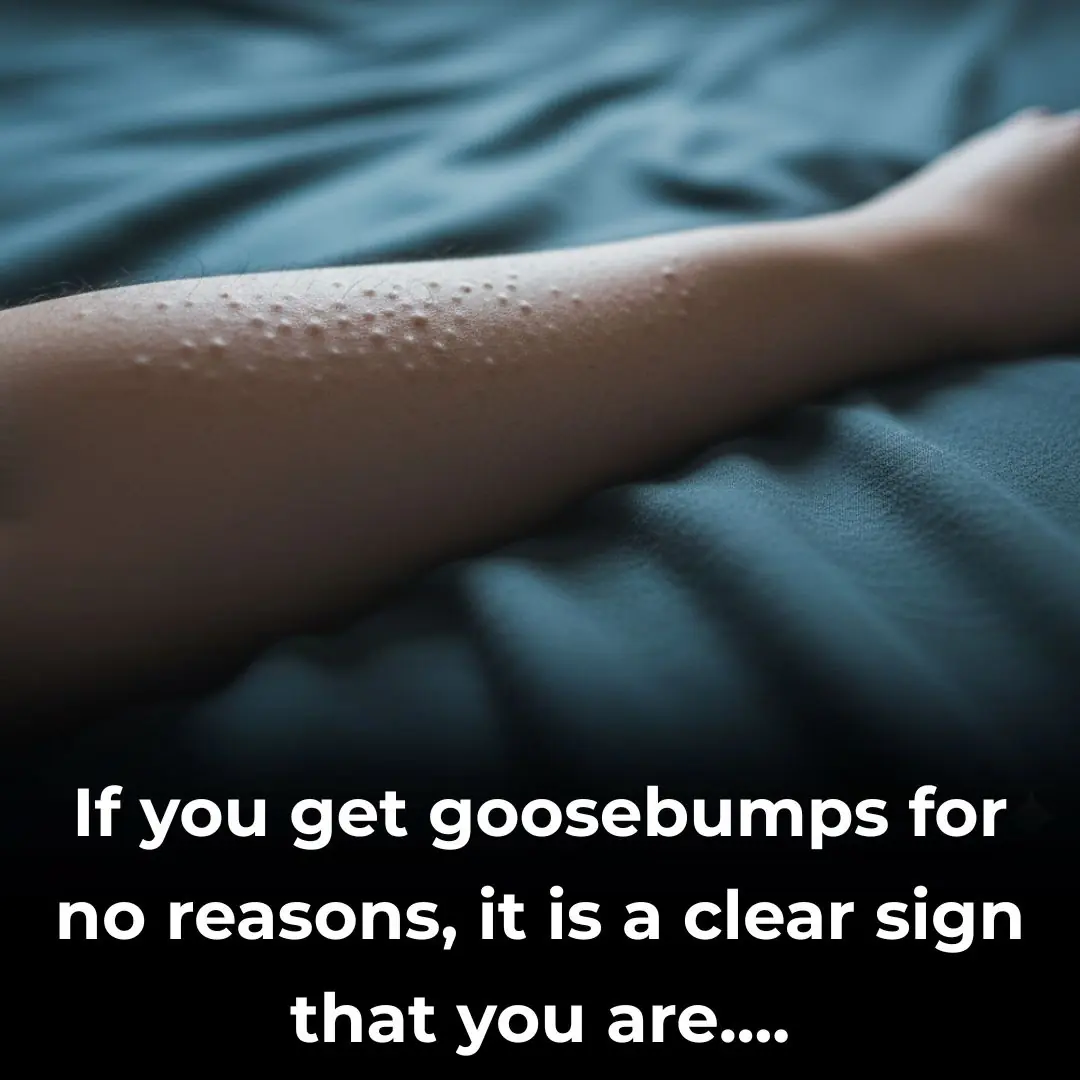
When Goosebumps May Be a Warning Sign
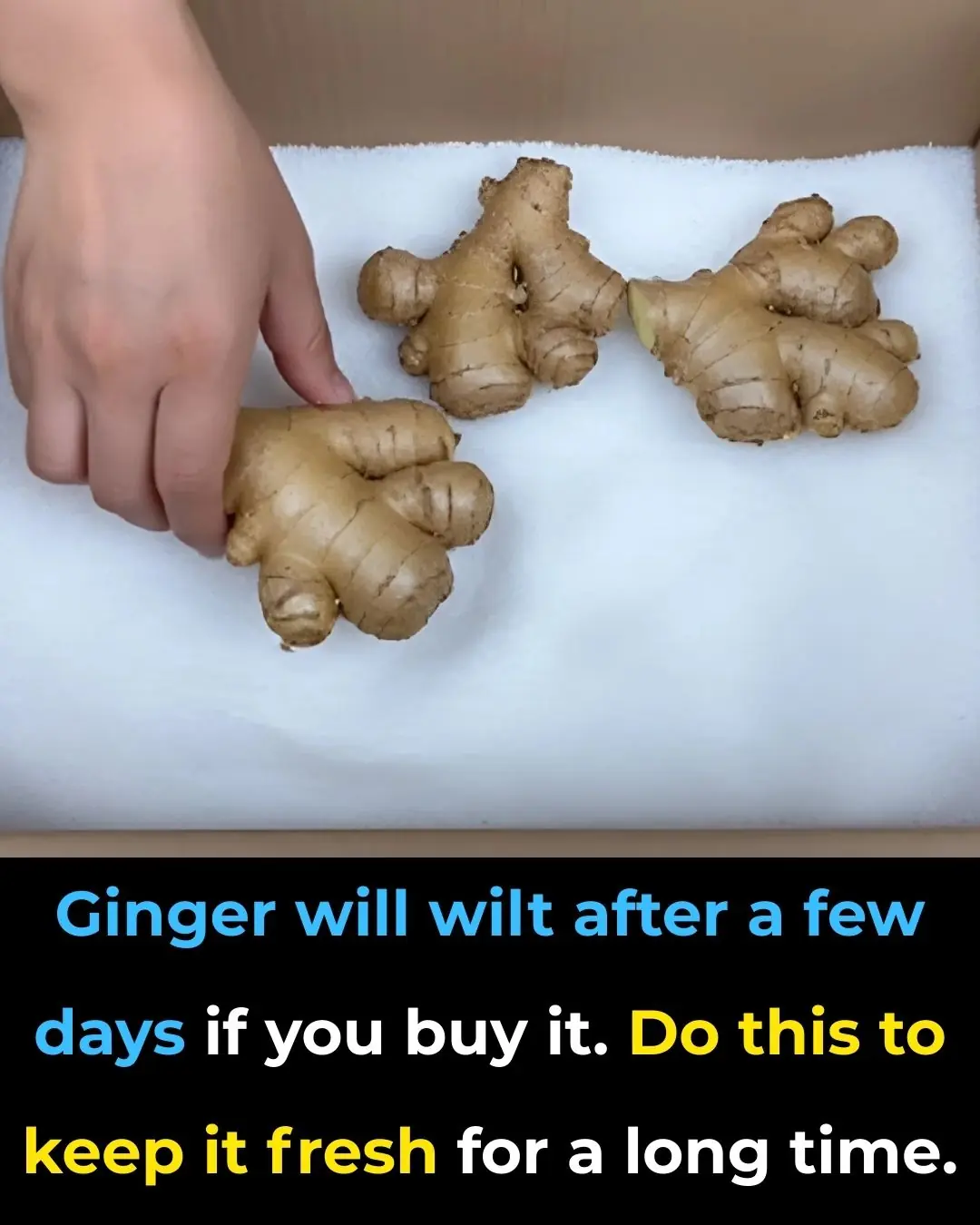
Effective Methods to Keep Ginger Fresh for Extended Periods
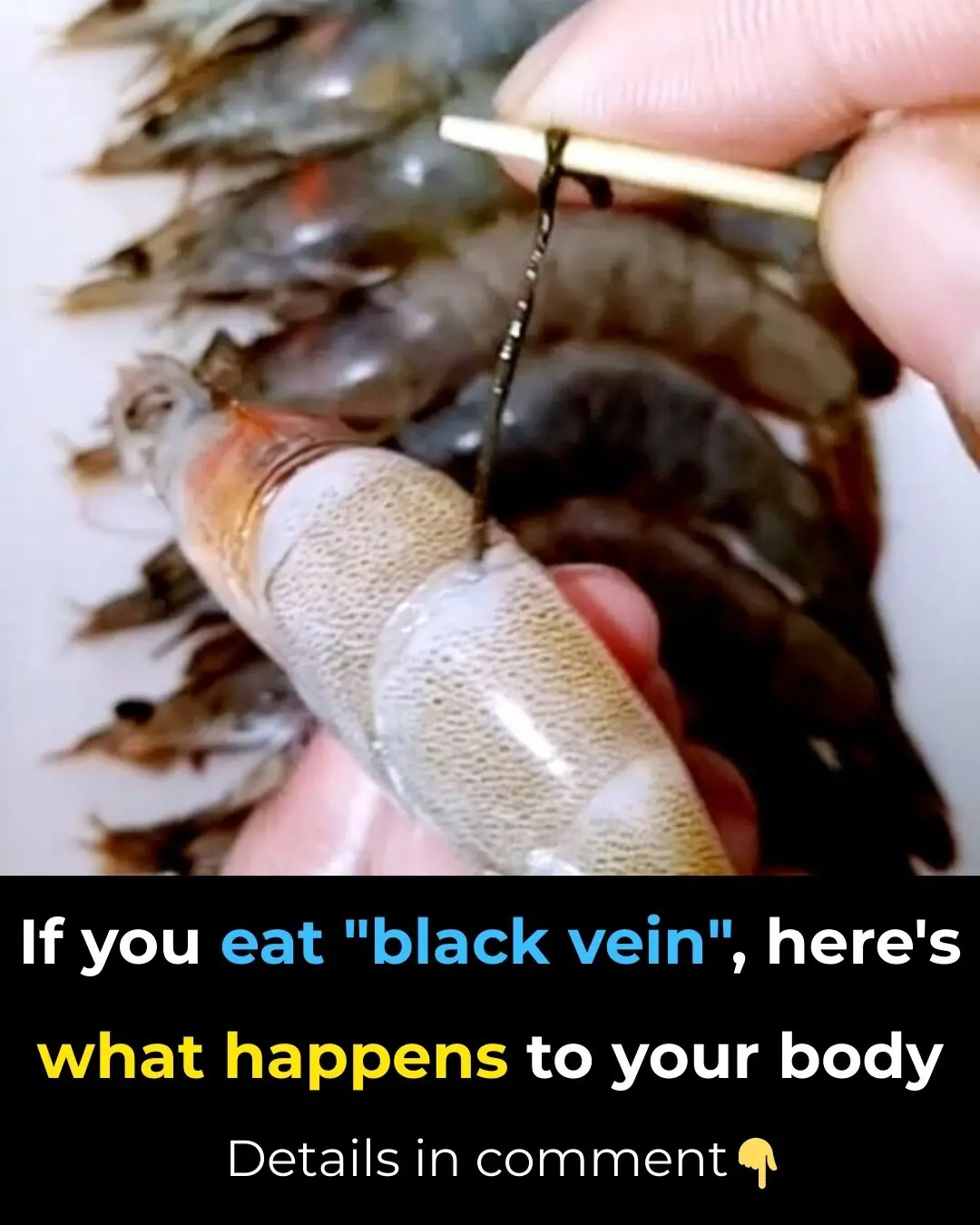
The Truth About Eating the Black Vein in Shrimp Tails

Steps to Take When Your Adult Children No Longer Show Respect

5 Most Common Deathbed Regrets, According to Palliative Care Nurse

Robert F. Kennedy is Reportedly Pushing to Ban All Sodas & Candy From U.S. Food Stamp Benefits. Thoughts?

Donald Trump Asks Supporters To Donate $15 To ‘Get Him To Heaven’

Why Are Mirrors Commonly Installed in Elevators? The Unexpected Benefits of Elevator Mirrors

9 things you should never plug into a power strip
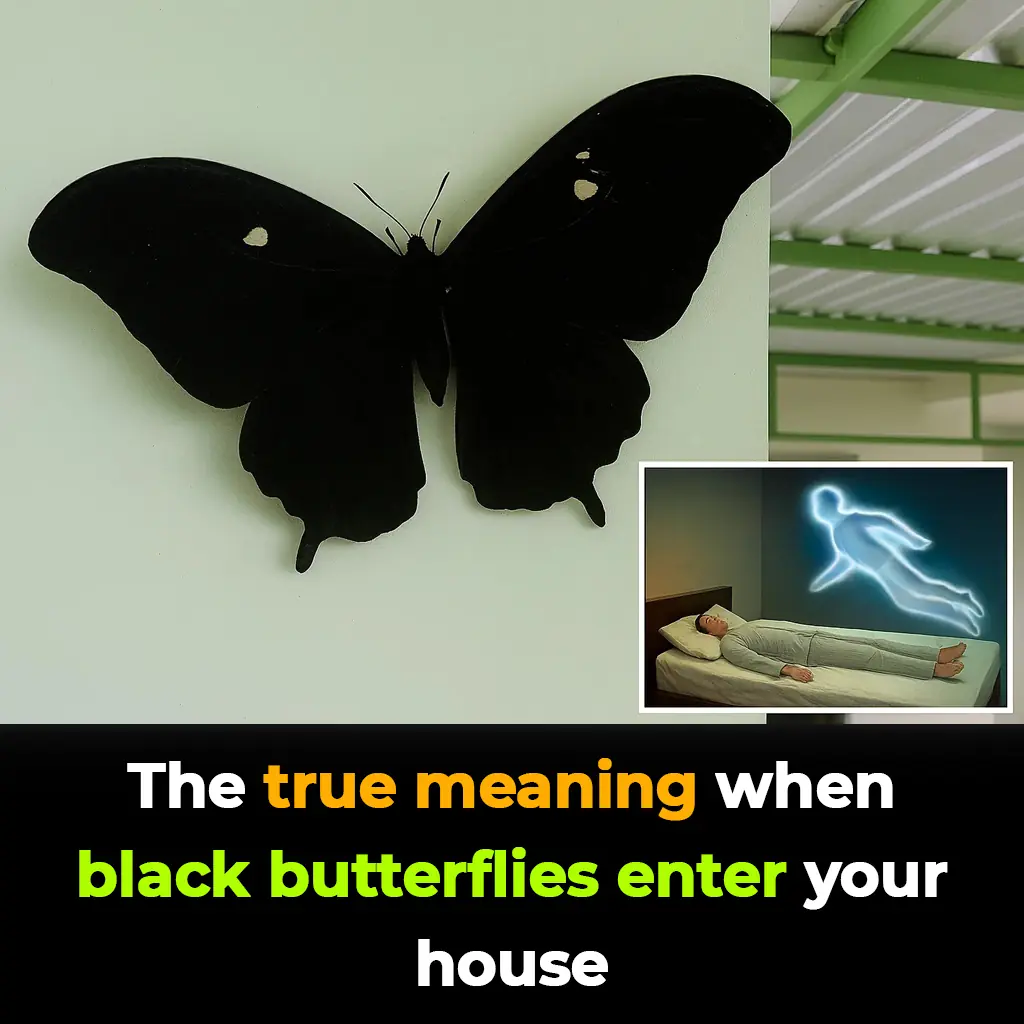
The Spiritual Meaning of Black Butterflies Entering Your Home Revealed
Black butterflies carry meanings that are as complex as they are beautiful.

Add This Simple Ingredient to Your Mop Water and Keep Floors Shiny for Weeks
You don’t need fancy, high-priced cleaners to enjoy spotless, long-lasting results.
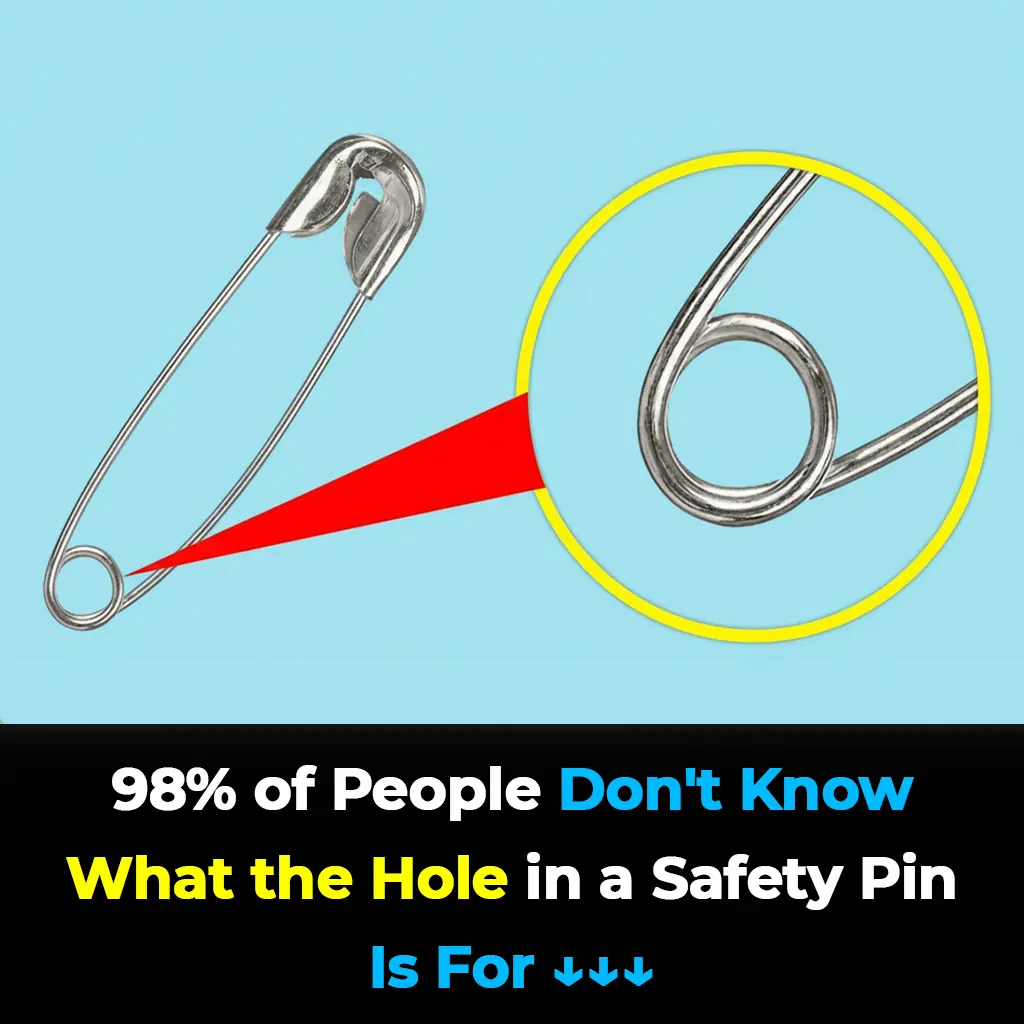
The Secret Use of the Tiny Hole in a Safety Pin Finally Revealed
That tiny hole in a safety pin is more than just decoration—it’s a brilliant example of how even the simplest tools can hold hidden design secrets. W

Unbelievable amount Trump’s net worth has risen since taking office for second term
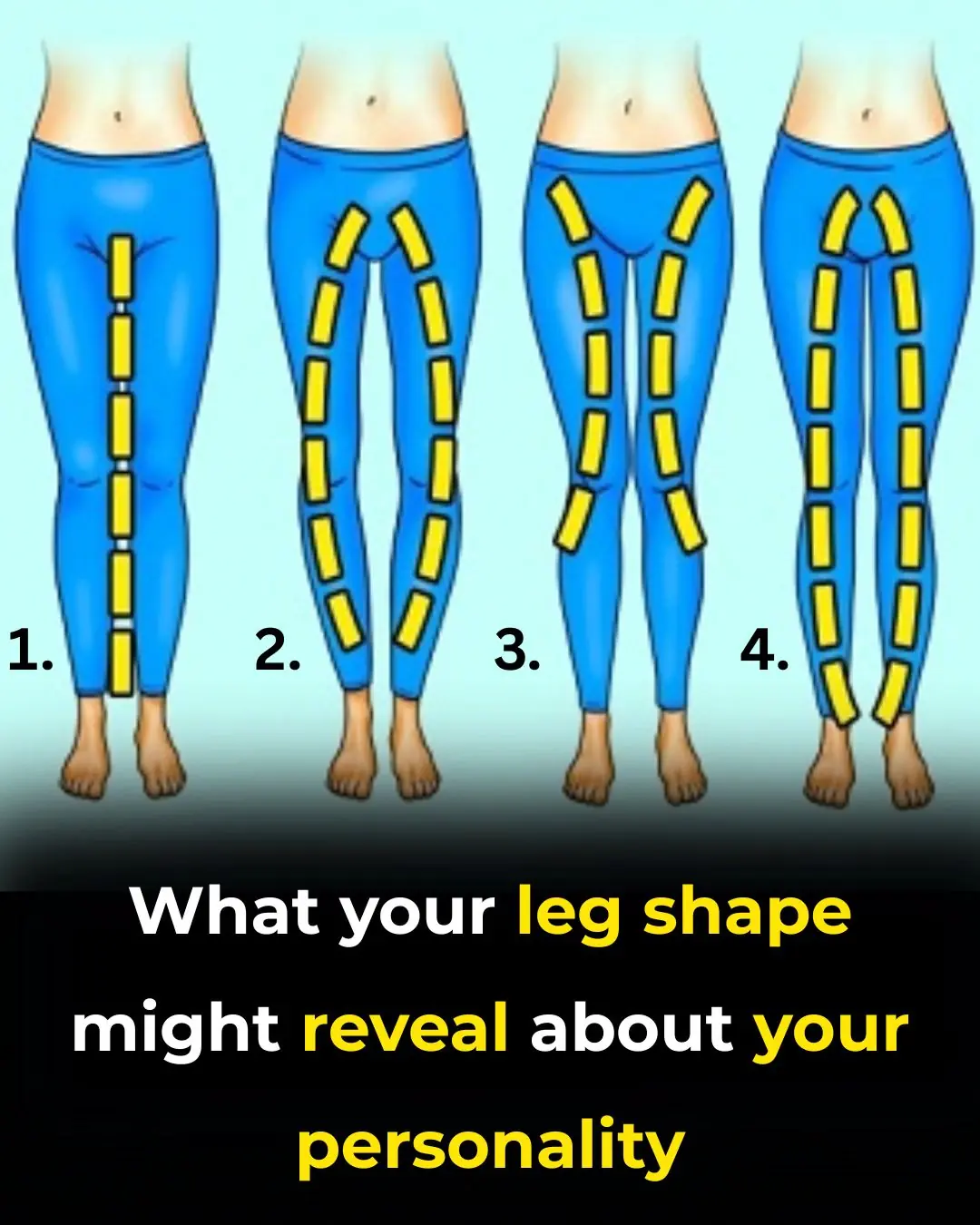
What the Shape of Your Legs Might Say About Your Personality

Weird Toothed Part on Kitchen Scissors
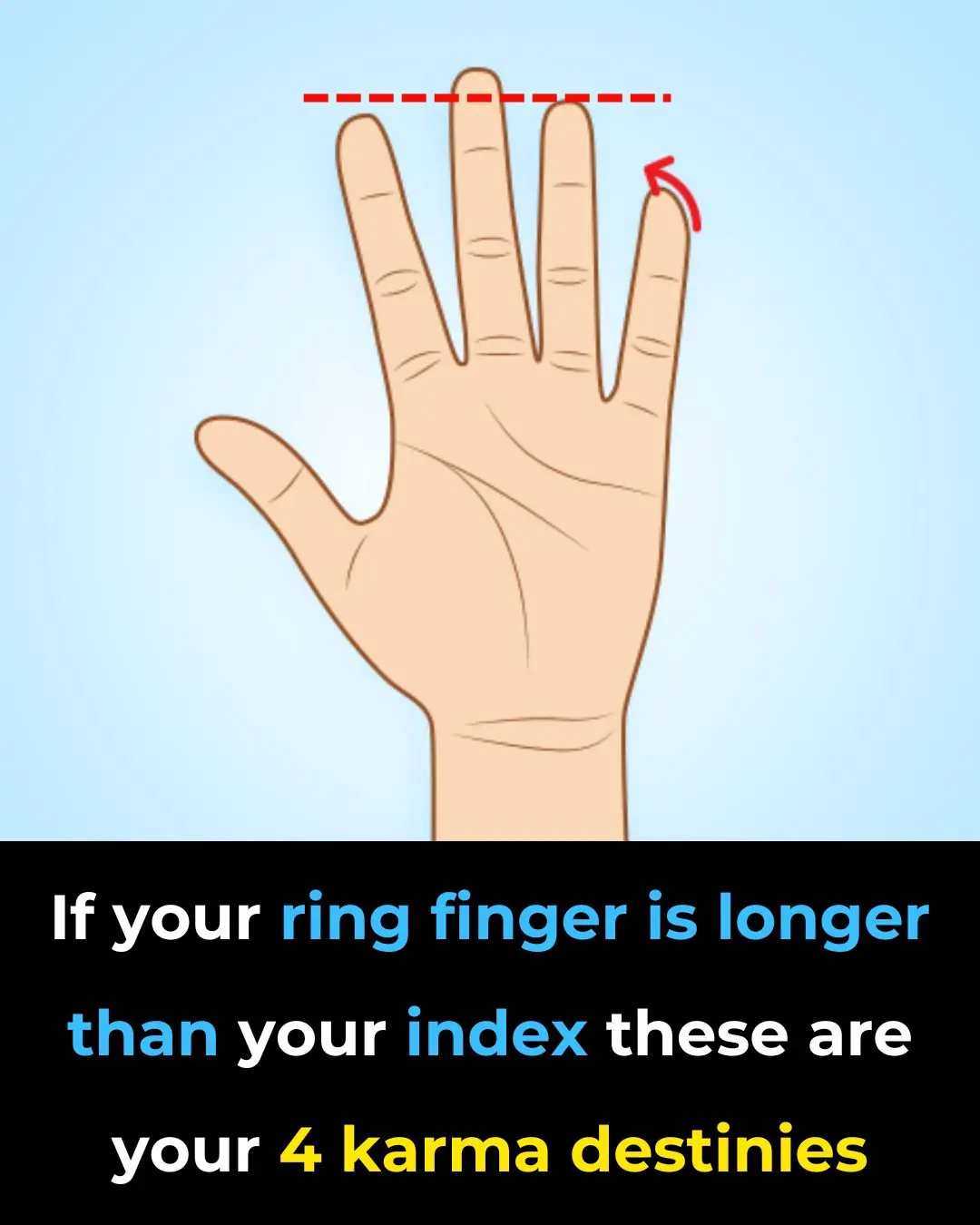
Ring Finger Longer Than An Index Finger

The Story Behind Two Runaway Graves in Savannah Airport
News Post

Keep a garlic bulb by your bedside—the ‘golden’ benefits will make anyone want to try it

Throwing away coffee grounds is like throwing away money—these uses for coffee grounds are things every household needs
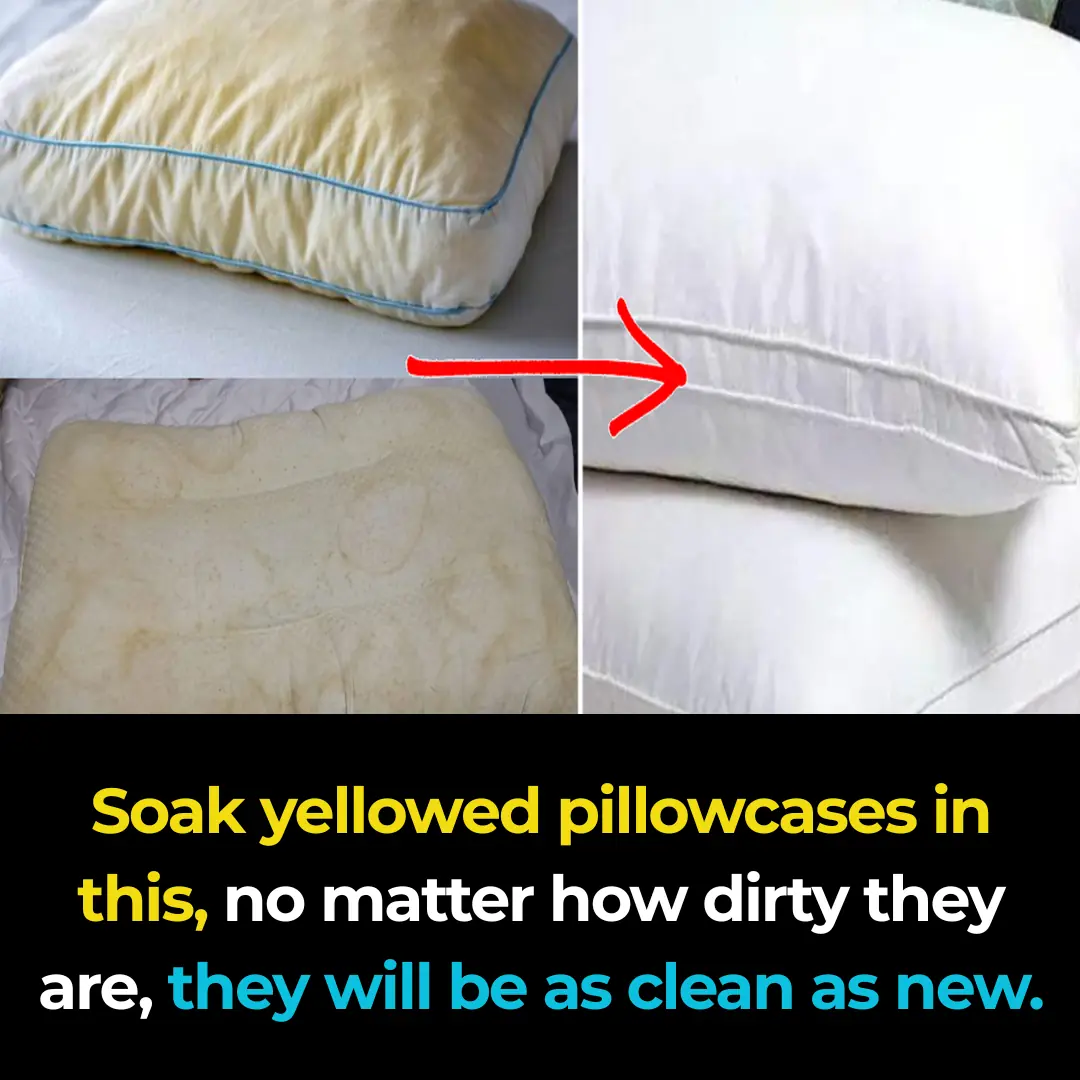
Soak yellowed pillow inserts in this, and no matter how dirty they are, they’ll come out bright and clean like new

Your unexplained fatigue and bloating could be intestinal parasites feeding off you right now
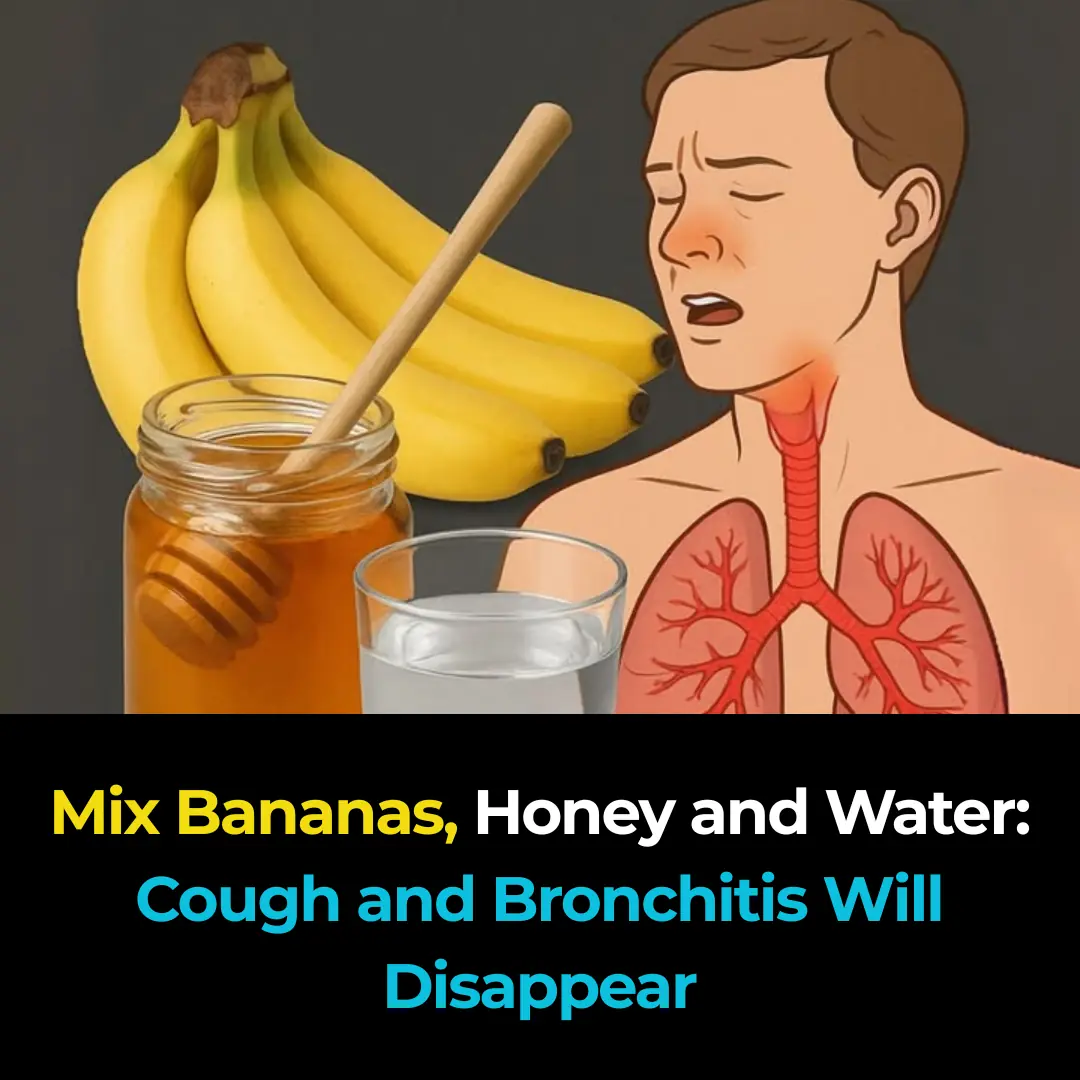
Mix Bananas, Honey and Water: Cough and Bronchitis Will Disappear

Forget 10,000 steps: Scientists prove 7000 steps gives you ‘almost identical’ life-saving benefits
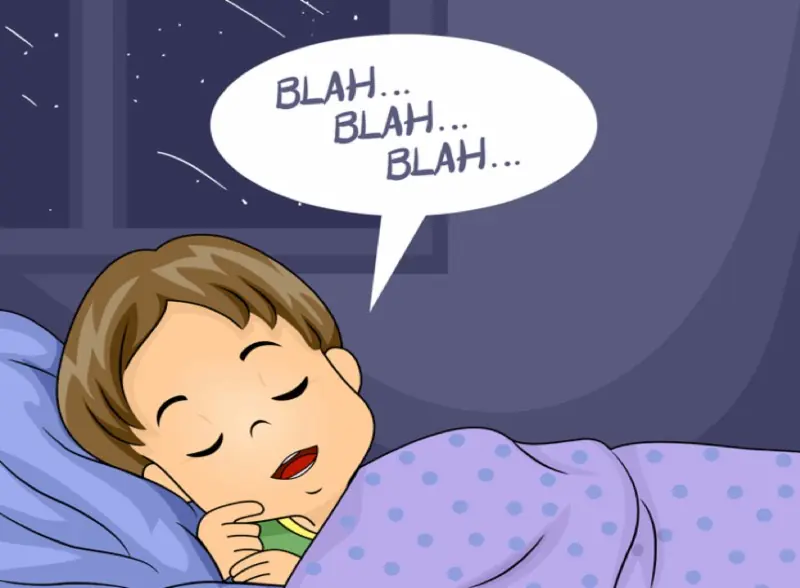
What Is Sleep Talking?
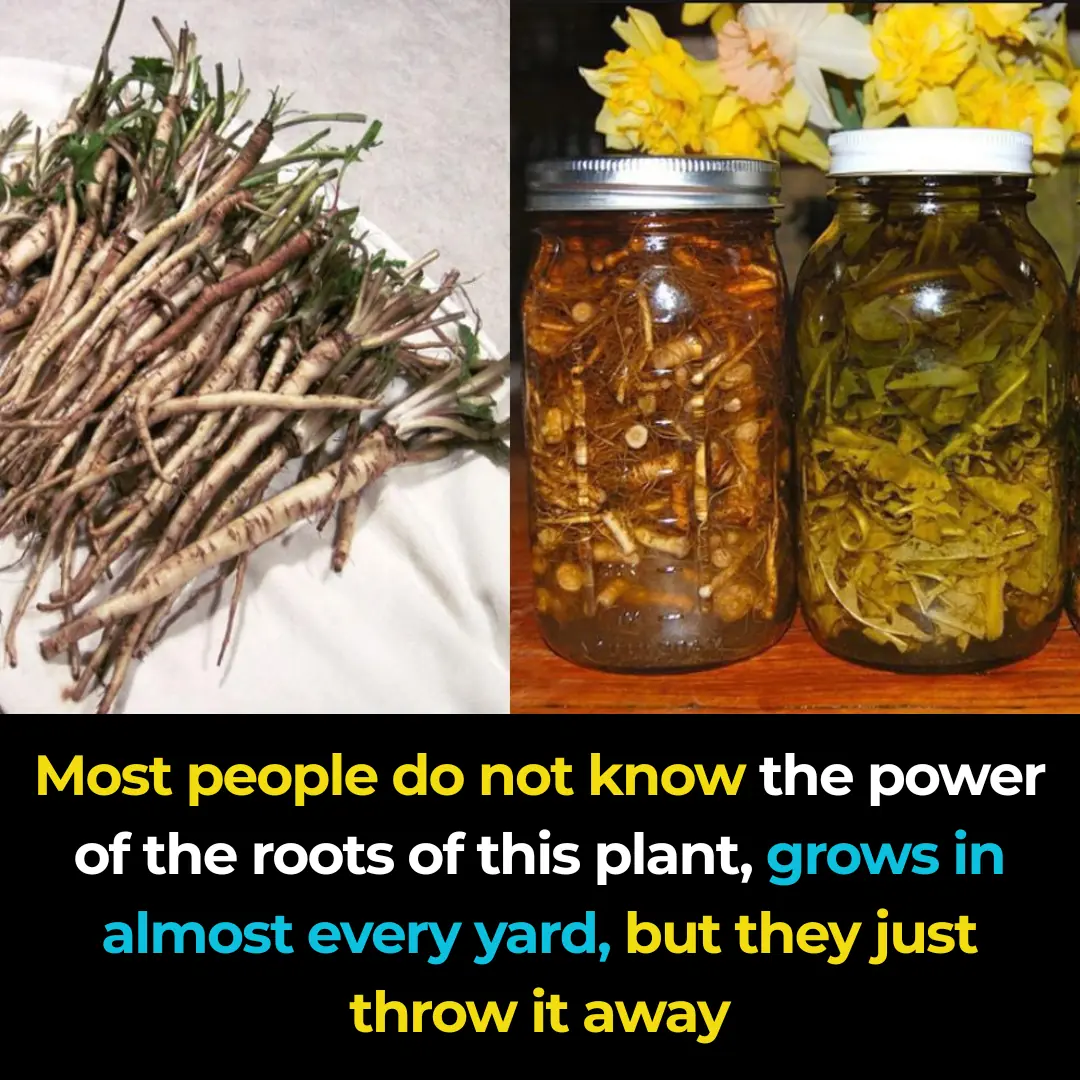
Dandelion roots are the most important part of the plant
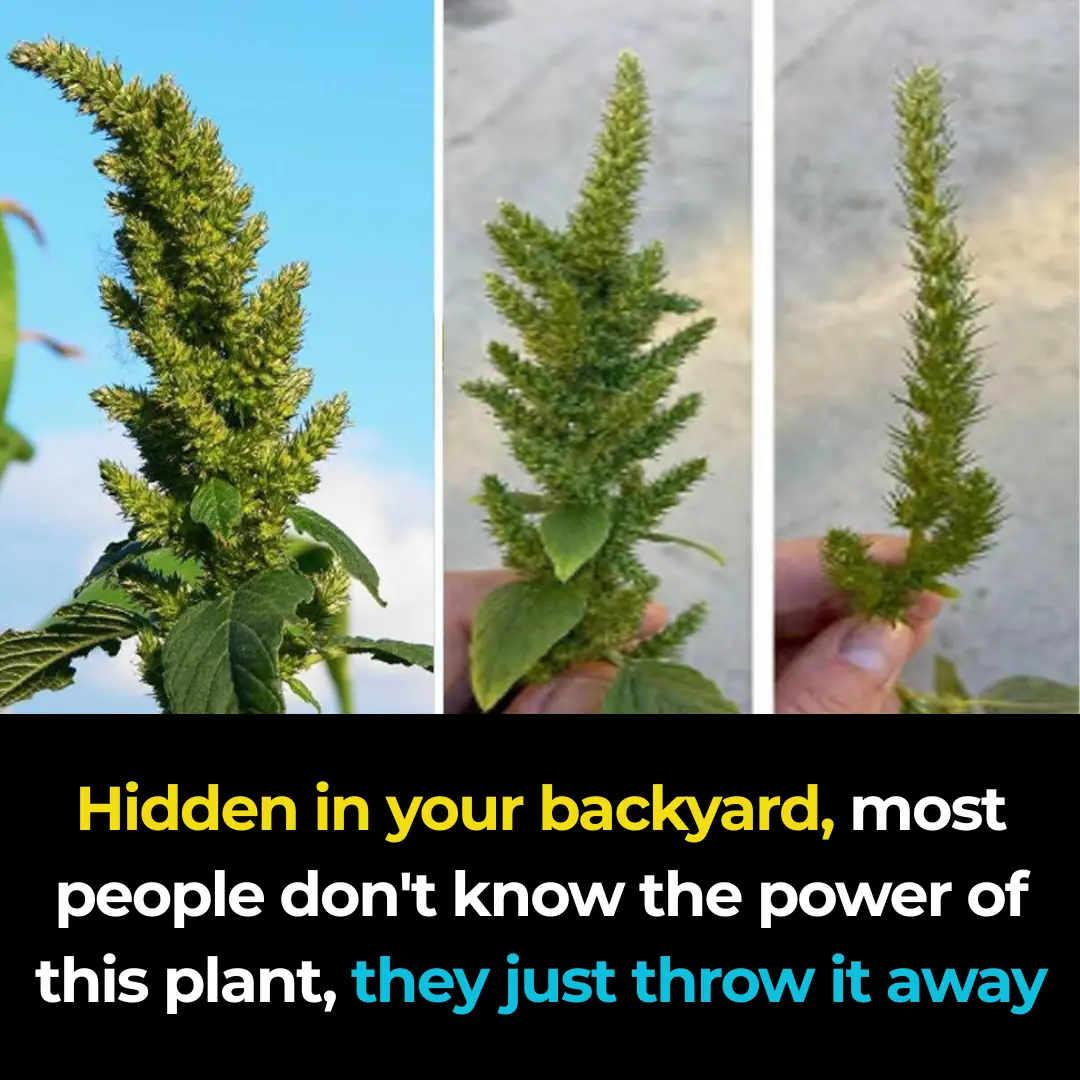
9 Things About Bledo Blanco (Amaranthus albus)
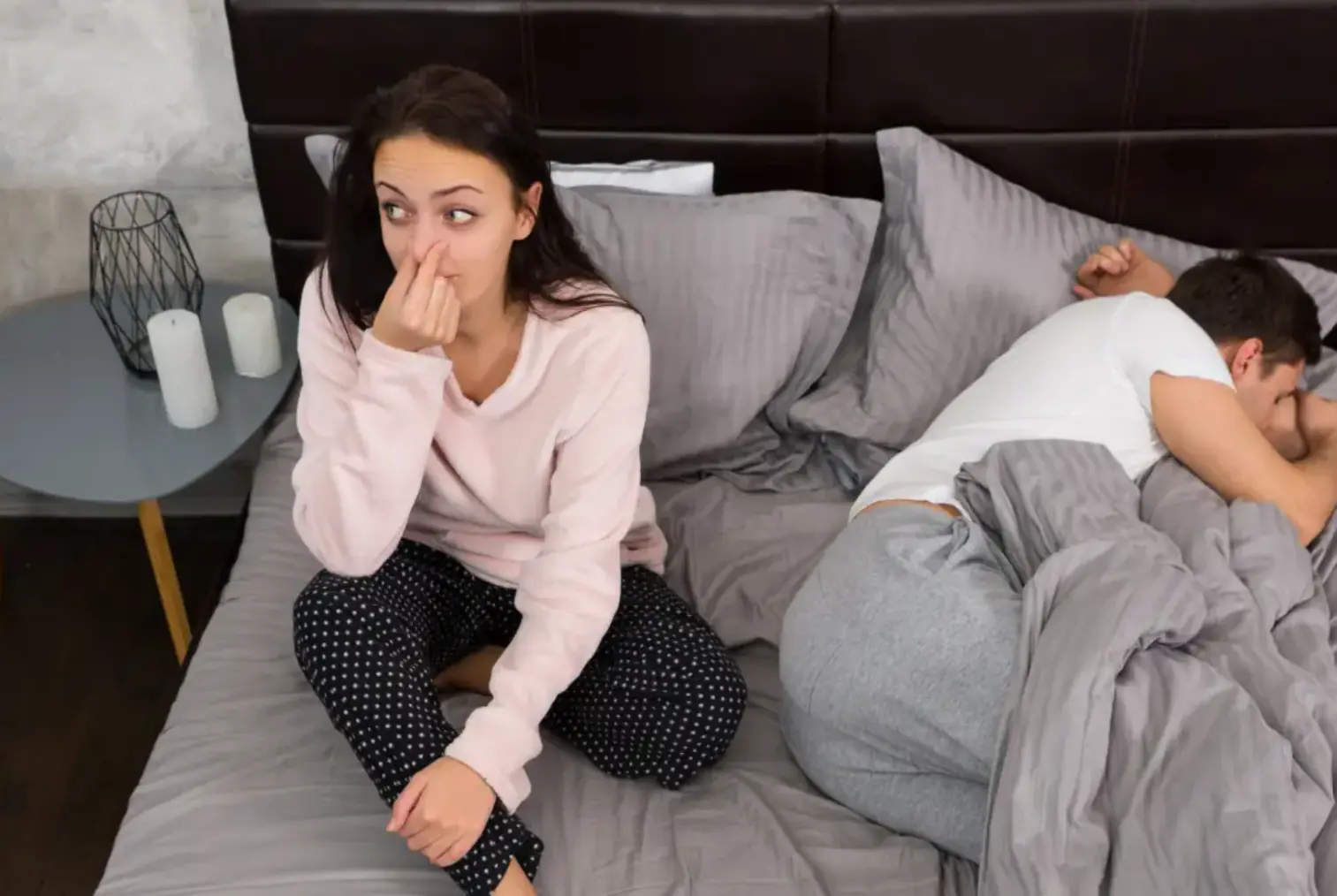
Farting Too Much at Night: Here’s What It Might Mean
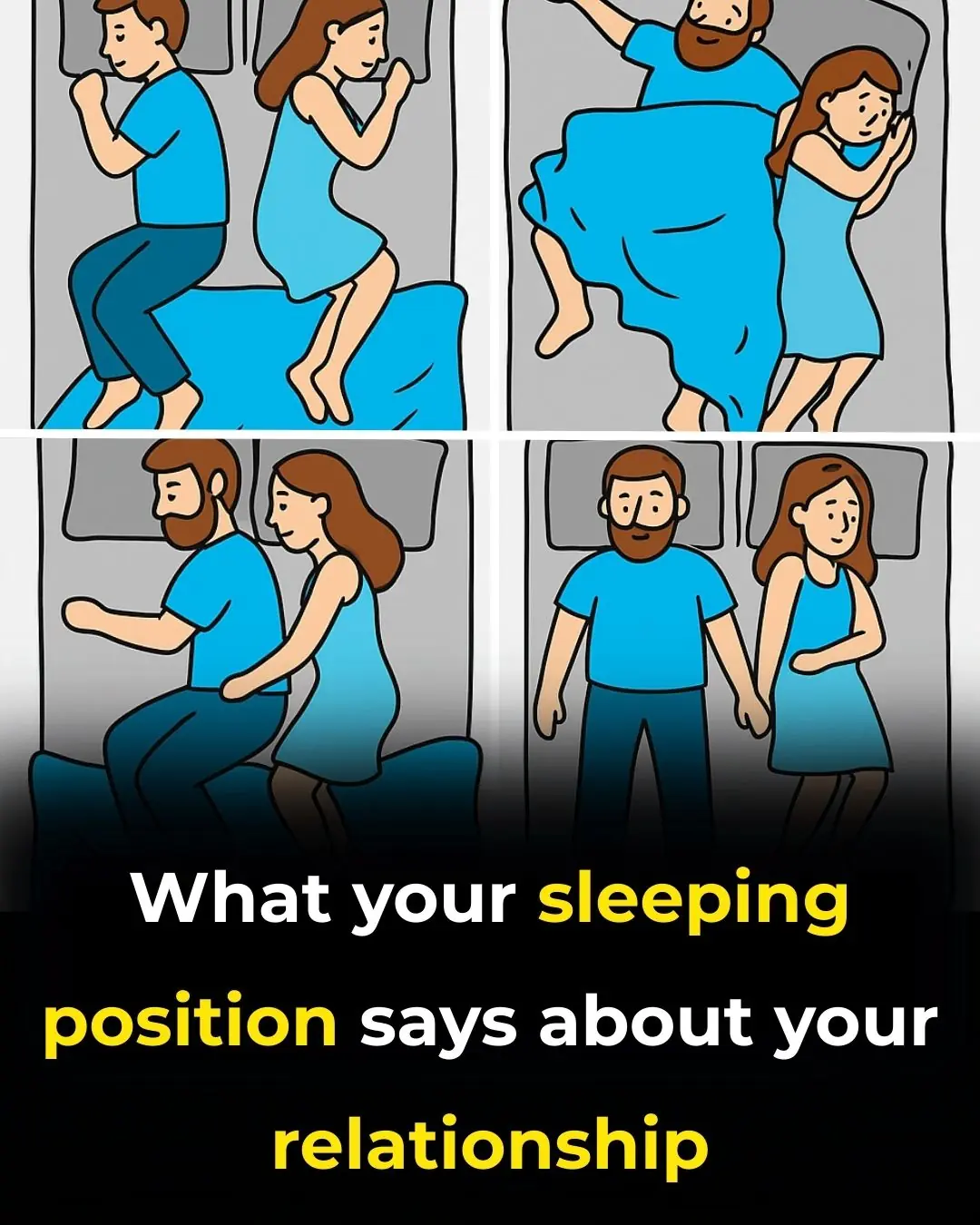
Sleeping Position With Your Partner
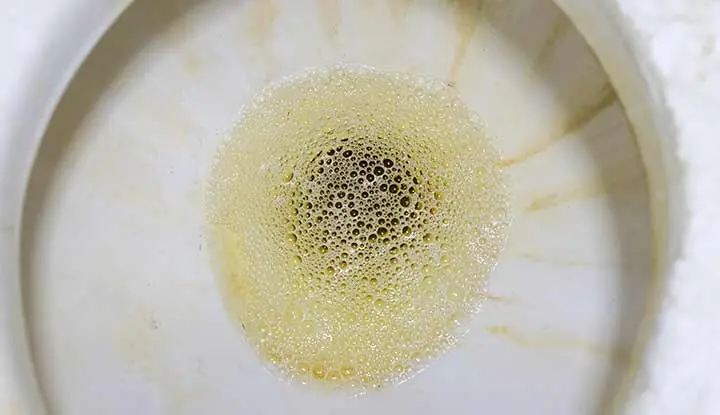
What Foamy Urine Might Be Trying to Tell You

What Sleeping with Your Arms Crossed Really Says About You
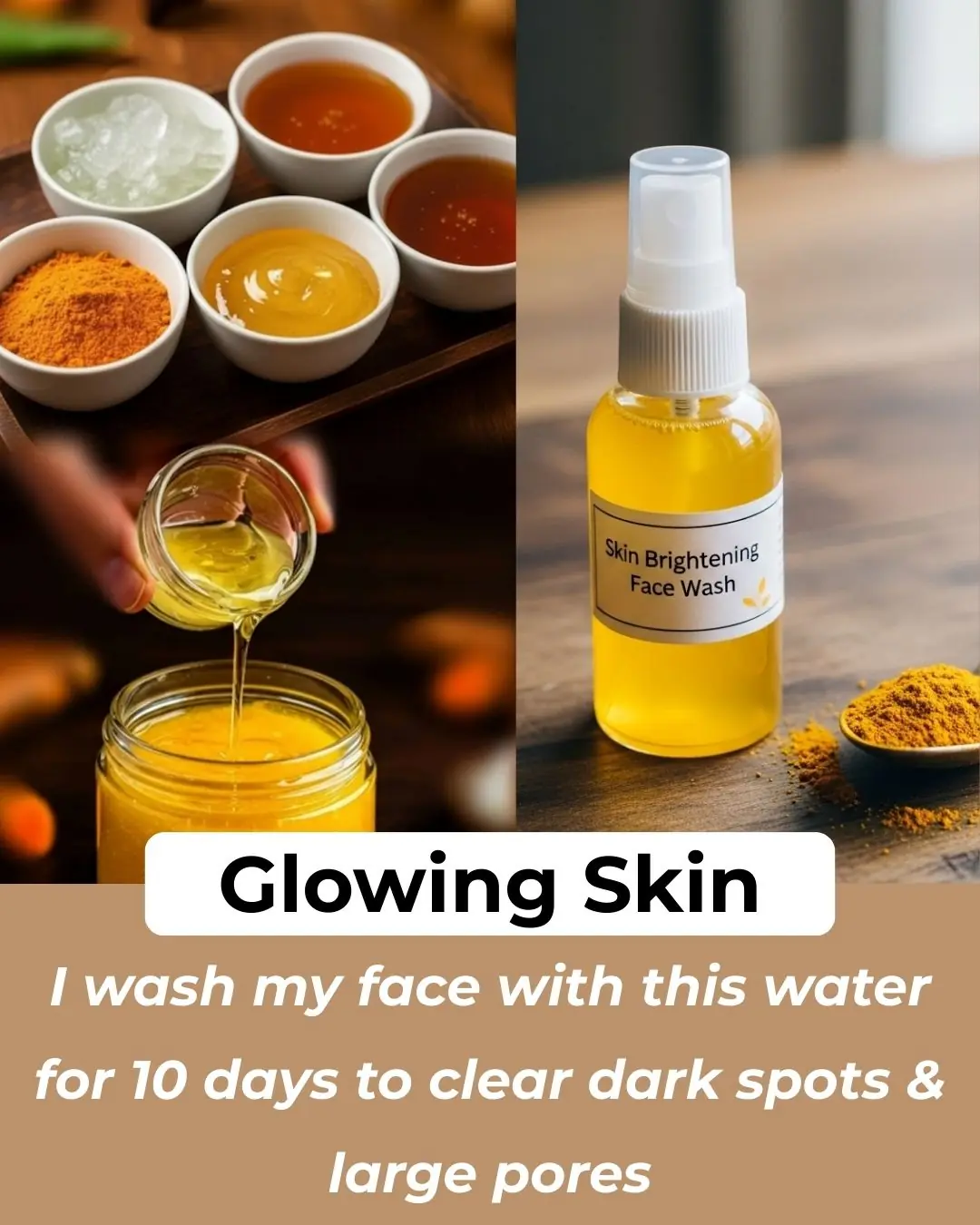
5 Homemade Turmeric Face Washes for all Skin Type
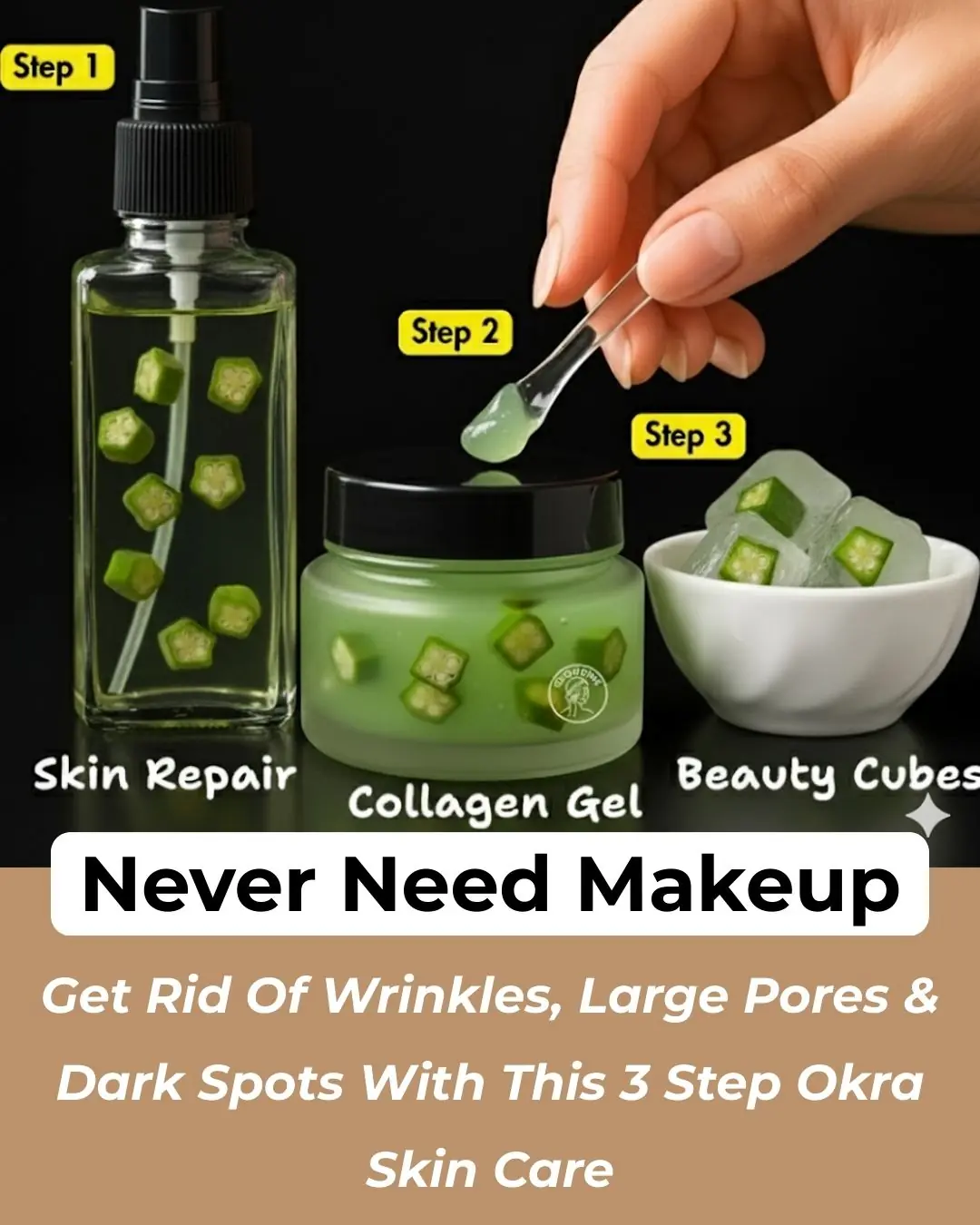
3-Step Okra Skin Care: Get Rid of Wrinkles, Large Pores & Dark Spots

13 Powerful Leaves That Help Manage Diabetes Naturally

Seasoning powder and monosodium glutamate, which is the most harmful?

CCF Drink For Glowing Skin
